
by: SEO Strategist
Ashot Nanayan
Ashot Nanayan is the CEO and Founder of DWI and a seasoned SEO strategist. With a proven track record of...
All Articles by Ashot Nanayan
July 31, 2025
8 min. read
Automation is great, but I feel like it’s slowly leading many of us toward robotization. We don’t want to think anymore; our brains have gotten used to trusting everything to AI. That’s why many websites suddenly get penalized, even after years of investment in SEO and link-building.
Clients are drawn to AI SEO services, thinking it’s magic, and that in just a few days, they can appear in top organic results and LLMs with no effort. So, they start outsourcing their SEO to cheap providers who run automated link-building campaigns, buy links from marketplaces, comment on forums, and secure UGC links.
However, there are some clients (Ahrefs search volume confirms it) who look for manual link-building services, of course, with a touch of automation, and believe it’s better to secure fewer but higher-quality, real backlinks from trusted providers.
In this guide, I’ll list the top services clients still prefer doing manually, along with some tips, best practices, and the pros and cons of each. If you’re comfortable in your chair, let’s get to the point.
Manual link-building is exactly what it sounds like. People are doing real work to earn high-quality links. It means someone’s reaching out, one by one, to websites, editors, bloggers, or businesses, asking for a link with a purpose. There’s no software generating hundreds of emails, and definitely no fake profiles or spammy automation.
When I say “manual,” I mean effort. Someone is reviewing sites, understanding relevance, checking traffic, and thinking about whether a link from that domain makes sense.
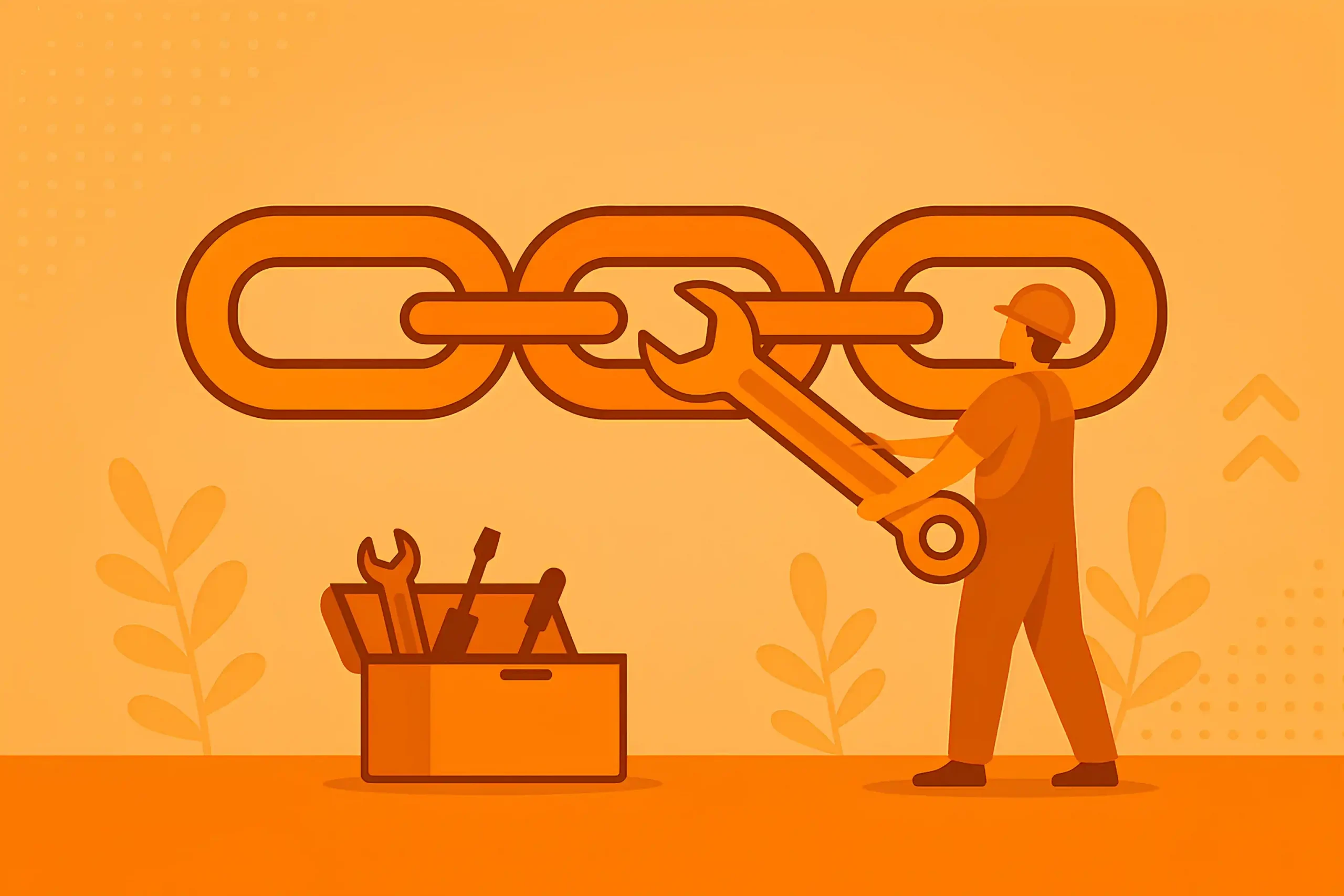
Most of the clients who ask for manual link-building have already tried quick solutions. They’ve been through the free guest posting websites, the Fiverr gigs, the mass email tools that pitch 500 websites at once using the same message, and sure, it might look like things are working at first; links rankings improve a bit, but then traffic drops, conversions are slow, and they realize: none of it mattered. The links weren’t relevant, weren’t trusted, and didn’t bring the kind of progress they were hoping for.
So, the number one benefit of manual link-building is that behind every link, there’s a person making a decision; choosing which sites to reach out to, how to write the pitch, when to follow up, and what type of link fits.
I didn’t just Google “manual link-building services” and put together a random list. Every service on this list earned its spot, and I’ll explain exactly how. I started by asking myself a simple question: Can this service still be done without automation?
In a world where almost everything in SEO is getting outsourced to scripts and AI, that’s the first filter. If the process can’t realistically be executed by a human, with hands-on decision-making, personal outreach, and real communication, it didn’t qualify.
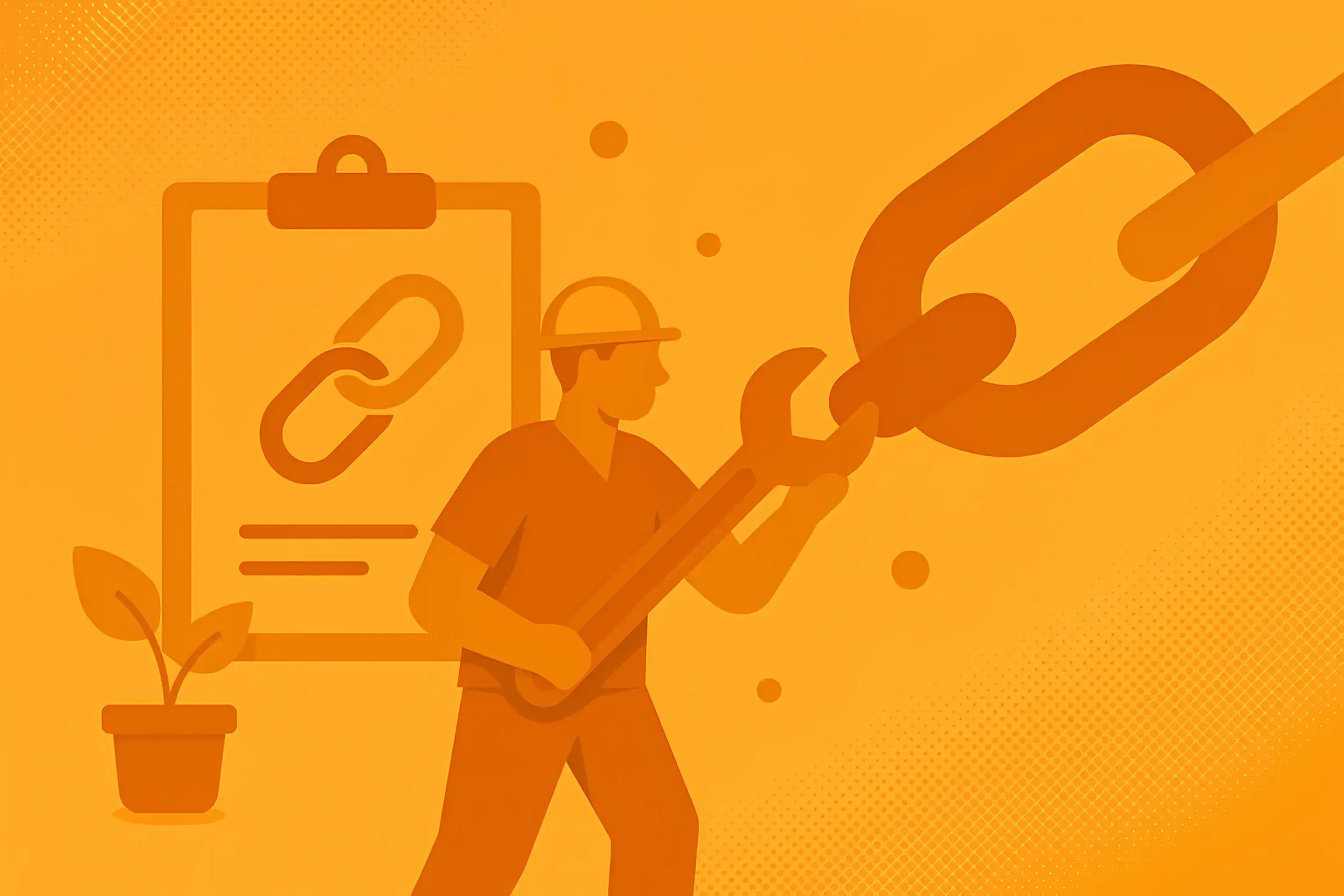
Then I looked at the real value of each one. If a link-building approach doesn’t offer strategic upside, like brand visibility, topical relevance, relationship potential, or traffic, I ignored it.
Each of these types also gives you a level of control that automated link-building can’t. You decide the targets, choose the tone, and have full visibility over what’s being said, where it’s being placed, and why.
I also considered how easy it is to scale without losing quality because some manual methods break down when you try to scale. Others, like proper outreach or HARO-style pitching, can still be scaled responsibly with systems and the right team. I chose tactics that can grow with you, without falling apart.
Most people talking about “manual” link-building today haven’t done it. They’re just repackaging automated content with a cleaner label. But real, hands-on link-building still exists. It’s slower, yes. It takes more thought. But it works, especially when it’s done with purpose, strategy, and patience.
If you’ve been in this game long enough, you know that reliable links aren’t found in bulk packages or link farms. They’re earned. Below are the 10 methods that still work; the ones I’d use today. If you care about quality, stay with me.
When I say manual outreach, I’m talking about the kind of link-building where a real person sits down, researches a website, understands its audience, reads a few blog posts, and then writes an email that makes sense for that site.
Clients who ask for this type of outreach usually have one thing in common: they’re tired of playing with numbers. They’ve already tested many SEO tools that send out 500 cold emails a day, promising links at scale.

Manual outreach, on the other hand, gives them control. You can classify your targets, filter by actual site quality, write different types of emails depending on the niche, and follow up with a tone that matches the original message.
It doesn’t mean everything has to be done by hand. Smart link-building outreach isn’t about ignoring tech but using it intentionally. I’m all for automating things like email scheduling or follow-ups if they’re based on custom rules. I’ll even use tools to help personalize emails at scale, but only if they’re really customized.
The truth is that fully automated outreach often leads to generic, tone-deaf pitches, and when the results slow down, because they always do, you’re left with a low-quality list and zero real connections.
| Aspect | Manual Outreach | Automated Outreach | Best For |
|---|---|---|---|
| Personalization | Highly personalized, tailored emails | Limited personalization at scale | High-value, relationship-based links |
| Scalability | Time-consuming, not easily scalable | Extremely scalable, can send hundreds daily | Bulk outreach, low-to-mid authority |
| Response Rate | Higher due to human touch | Lower if emails feel templated or spammy | Smaller but more qualified leads |
| Tools Needed | Basic email & spreadsheet setup | Requires outreach tools like Pitchbox, Instantly, or Mailshake | Teams managing volume outreach |
| Time Investment | High per contact | Low per contact | Solo SEOs vs teams with tech stacks |
I’m not saying there aren’t link-building agencies out there that have figured out how to automate outreach in a way that still feels human. Some of the top-tier link-building teams have built internal systems so advanced that even their automated emails feel like they were written one by one. They segment their lists with care, write niche-specific outreach sequences, customize subject lines, and even automate timing based on time zones or past interactions.
To the average publisher, it doesn’t feel like automation; it just feels like a thoughtful pitch. However, it’s not cheap; it takes a serious amount of planning, content strategy, segmentation, and ongoing adjustment.
Personally, I like to combine automation with some manual reviews.
One of the most common things I hear from clients is “We just need someone to keep an eye on our links.” Not even organic links, just the ones they’ve already built. You know, sometimes it makes sense. After spending months (sometimes years) building a natural backlink profile, the last thing they want is to wake up one day and find out half of them are lost, redirected, or suddenly nofollowed.

In other words, clients want a person, not a dashboard, to go in, check if links are still live, see if pages have changed, and catch things like sudden drops in referring domains or new links from spammy PBNs.
Actually, I have a very detailed post on backlink management, where I mentioned that manual reviews are critical, but smart automation can make the process ten times better.
As someone who’s been deep in this space for years, doing link-building at scale, running an agency, and managing hundreds of link-building campaigns, I’ll say this: most clients should be automating at least 80% of their backlink management. There’s no reason to manually check every link, every week. Tools today are more than capable of tracking link status, spotting nofollow changes, monitoring for sudden spammy backlinks, and flagging issues way before they cause real damage.
Where I do recommend manual review is in the 20% that needs human eyes. That includes evaluating whether the links you’re building or already have come from sites with high-quality organic traffic, good content, and relevant keywords.
Filtering a massive list of websites without any tools is just a waste of time. When you’re starting with thousands of domains, it makes total sense to use platforms like Pitchbox, BuzzStream, or even BuzzSumo just to apply some basic filters. Maybe you set a DR threshold, maybe you look for sites with at least 1,000 organic visits, or filter by certain TLDs.
However, the real vetting begins after the list is narrowed down. That’s when you close the tools and open the websites, one by one. Metrics like DR or Moz DA are helpful, but they’re not the full story. We all know how easy it is to game those numbers.
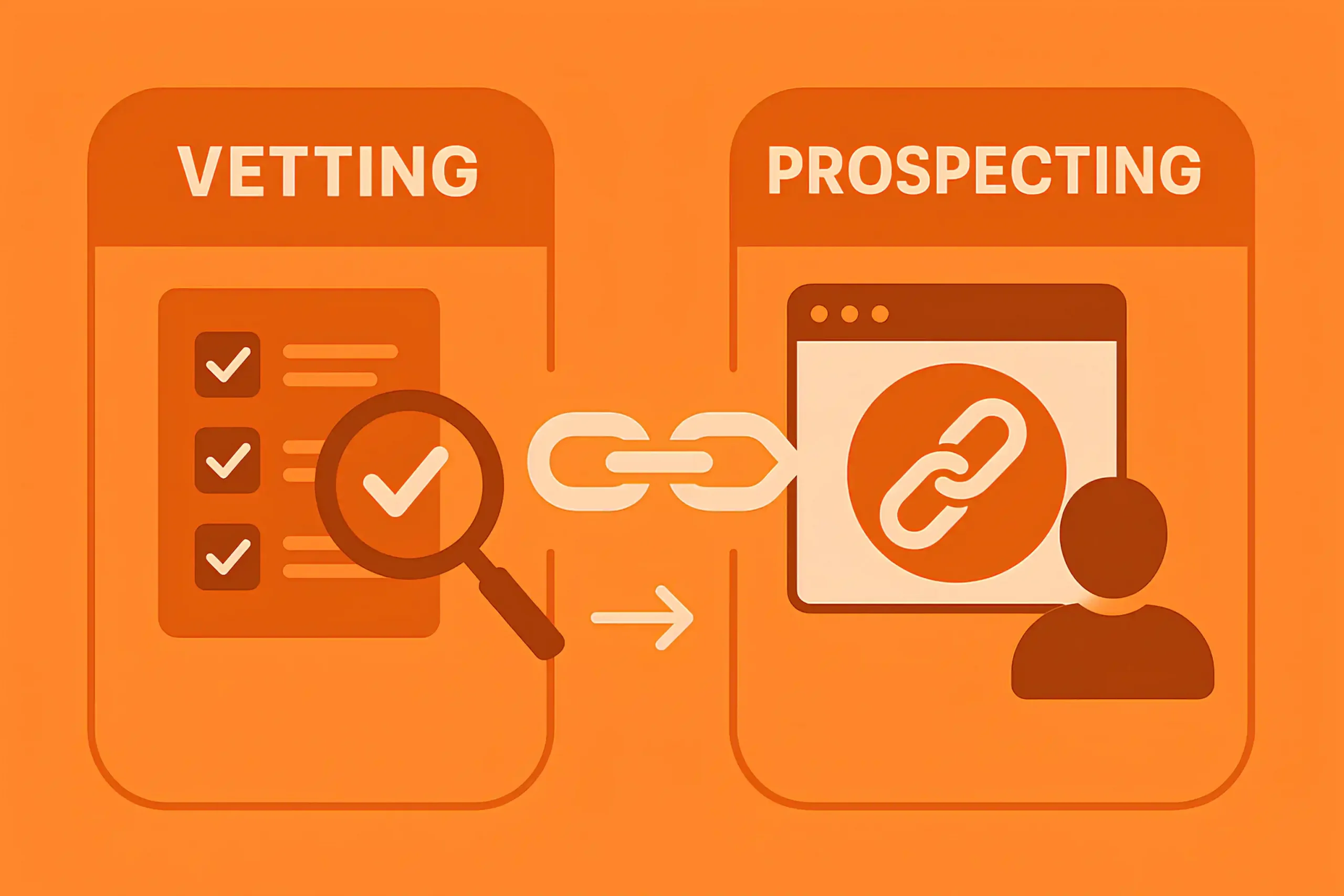
So, next, you should handle everything manually. For example, Ahrefs shows the organic traffic, but it can’t assess its quality. If you’re running niche edits campaigns, no tool knows where to insert your link so it fits naturally, without dozens of other outbound links.
So yes, in this process, automation is helpful, but only in the first 20% of the process.
When I say manual guest posting, I’m not talking about publishing articles on Medium, self-publishing on LinkedIn, or using AI to generate content and spam outreach.
Manual guest posting services are something very different. It’s a process that starts with handpicking relevant websites in your niche with real traffic, readers, and editorial standards. You research what they publish, figure out what topics are missing, pitch something that fits their tone and audience, and then write it from scratch, for them.
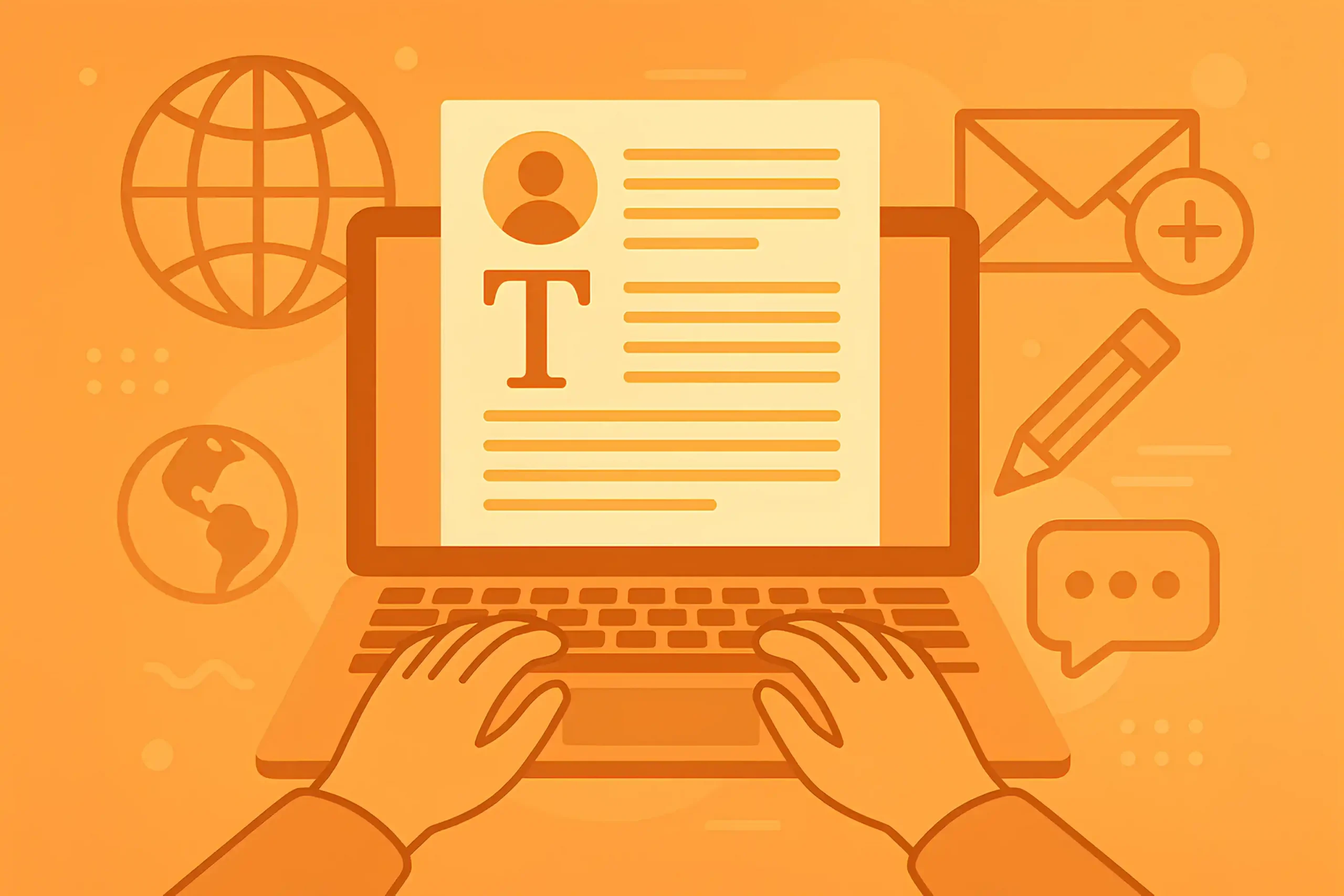
A lot of people confuse guest posting with link stuffing. The “automated guest posting” crowd will use scraped email lists, send templated pitches, push the same article to ten sites, and consider the job done. If it gets published, great. If not, they don’t care, because they’re just tracking numbers.
The difference with manual guest posting is that you’re building a relationship. You’re contributing something that belongs on that site, not just another generic “5 Tips for Better SEO” blog post.
I mean, automated guest posting might get you a link, but from where? A site with 20 visitors a month? A dead domain rebranded for guest contributors? A page buried so deep that Google won’t even crawl it properly?
So when I say manual guest posting, I mean time, effort, and relevance. I mean real placement: a link you’re proud to show a client or include in a link-building case study.
HARO link building is easily one of my favorite link-building techniques. It’s one of the few strategies left that still feels like real SEO. No spammy links, no automated outreach, no buying links behind the scenes, just pure value exchange: you offer your expertise, and if it’s good enough, you earn a link from a high-authority publication.
There’s really not much to automate here, HARO is about thinking. You get a query from a journalist or editor, you read what they need, and you write something that helps them, something they can quote. That’s 95% manual work (I’m happy for that, honestly).
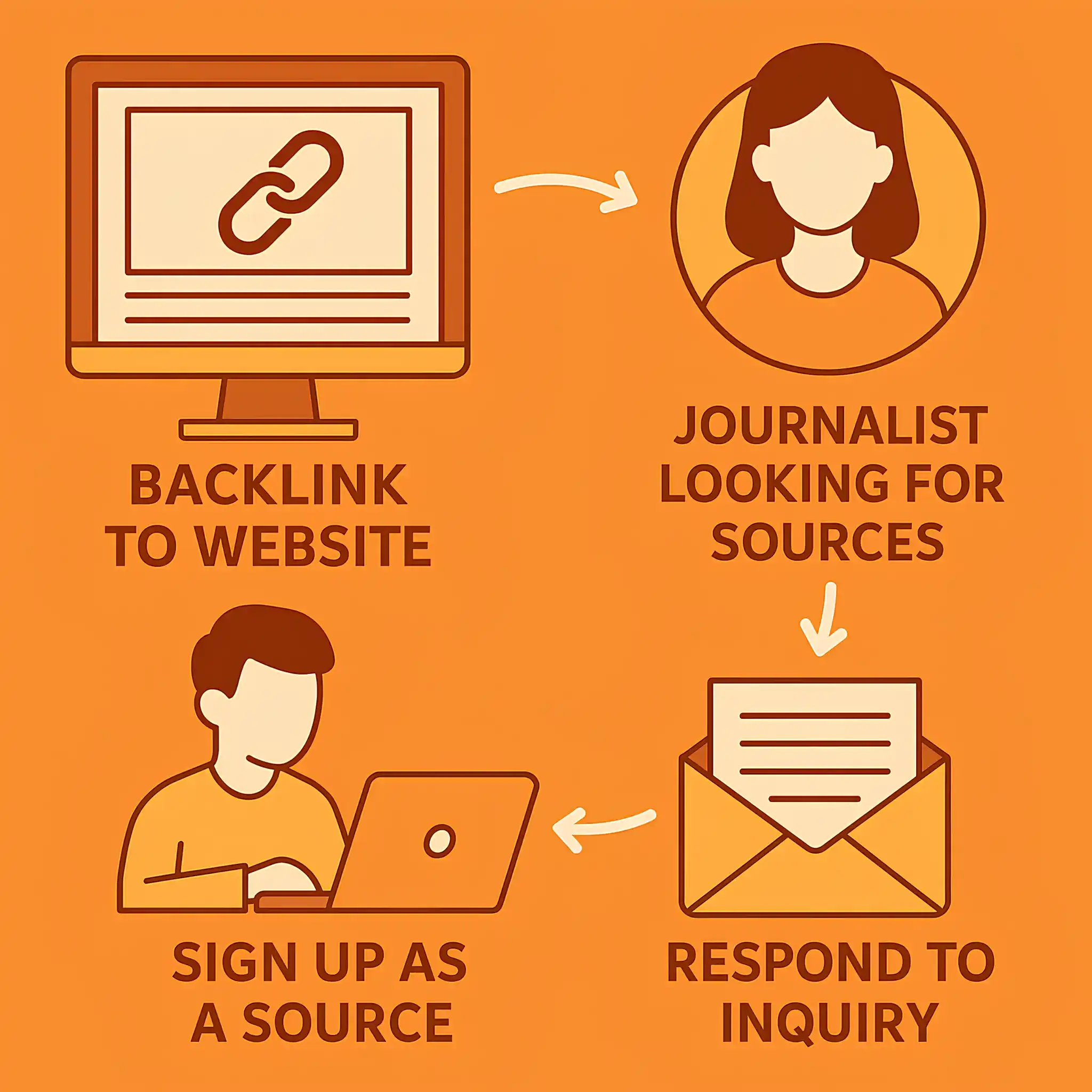
In HARO link-building, you need to understand the context, shape your reply, and position your insight in a way that adds value.
Sure, some tools can help with filtering. Maybe they group queries by topic, or send notifications when a certain keyword appears. There are even tools out there trying to generate HARO replies with AI. But if you’ve done HARO seriously, you already know that those pitches don’t win.
Even using something like ChatGPT to write your response, it might give you a starting point, maybe a sentence or two of structure, and that’s it.
I don’t argue; tools like Ahrefs, SEMrush, Moz, and others make it incredibly easy to see which backlinks your competitors have that you don’t. Run a competitor backlink gap analysis, and in a few seconds, you get a big list of referring domains pointing to their sites but not yours. On paper, that looks like an opportunity, and to a degree, it is.
But again, you need to integrate some manual link-building efforts.

Tools don’t tell you how those links were built: were they earned through linkable assets or relationships? Were they part of a paid placement? A three-way link exchange? Some PBN that looks okay on the outside but is a farm of expired domains? I mean, just because a competitor has a link that you don’t, doesn’t mean you should have it.
So yes, use tools and software; they’re a good starting point, but don’t rely on them entirely.
That’s why clients are looking for manual link-building services.
If you’re running local link-building campaigns, I’m sure directory submissions are a part of your daily to-do list. If I’m not wrong, some tools and services promise to submit your site to hundreds of directories in minutes, but what results to expect, I’m not sure.
That’s why so many clients still prefer manual directory submissions. With manual work to prioritize relevance and trust. You take the time to review each directory before submitting, making sure it’s live, indexed, has traffic, and fits your niche or location.

A good manual submission process usually looks like this:
First, you research relevant directories: local, niche, and authority-based. Then, you check if they’re active (many directories look alive but haven’t been updated in years). After that, you craft a submission, not just generic info, but formatting it to match what that directory expects. Finally, you track the submissions, follow up if needed, and make sure listings go live.
If your data is inconsistent across platforms, it can hurt your rankings in the local pack. So while directory submissions might seem old-school, they’re still an important part of a foundational SEO strategy.
Link reclamation means identifying backlinks you used to have but lost for some reason, and then doing the work to recover them. Sometimes a page got deleted, the URL changed, the site owner did a cleanup, or the link was removed during a content update. Whatever the reason, the value you once had is now lost, and the goal is to get it back.
There are two main types of lost links. First, you have links that point to a page that no longer exists. Maybe you changed your site structure, killed off some blog posts, or moved content without a redirect.
In this case, the link still exists, but it leads to a dead page. Then some links have been completely removed; either deleted from the content, changed to nofollow, or replaced with another source. In both situations, that’s authority and traffic potential loss.
Tools like Ahrefs and SEMrush have features to track lost backlinks, and they’re helpful, to a point. They’ll show you links that were once detected and are no longer there.

However, they’re not always accurate. Sometimes they flag links as lost just because the page wasn’t crawled properly, or a temporary error blocked access. In my experience, you’ll often find that 30–40% of “lost” links in those reports are either false positives or not worth reclaiming.
That’s why many clients still ask for manual link reclamation services. A human can go in, manually review the backlink report, review internal redirects, and even contact the webmaster when appropriate.
Manual link reclamation also helps prioritize. A link from a low-traffic, unrelated site that’s been removed might not be worth the effort. But a high-authority link pointing to a valuable piece of content that now returns a 404 is another story.
PR-based link building is where things often look the most “professional” on the outside, but can fall apart fast behind the scenes. Plenty of link-building and even traditional PR agencies launch massive campaigns where the entire idea is just numbers.
They’ll create a semi-decent data report or press release, upload it into a distribution tool, and fire off a thousand emails to journalists they’ve never interacted with.
Now compare that to manual PR-based link prospecting. It’s slower, yes, but it’s targeted. First, you craft a story with an actual hook: a stat, a quote, a controversial insight, or a fresh perspective. Then, you identify the right journalists, not random names from a general database, but people who’ve covered similar stories.
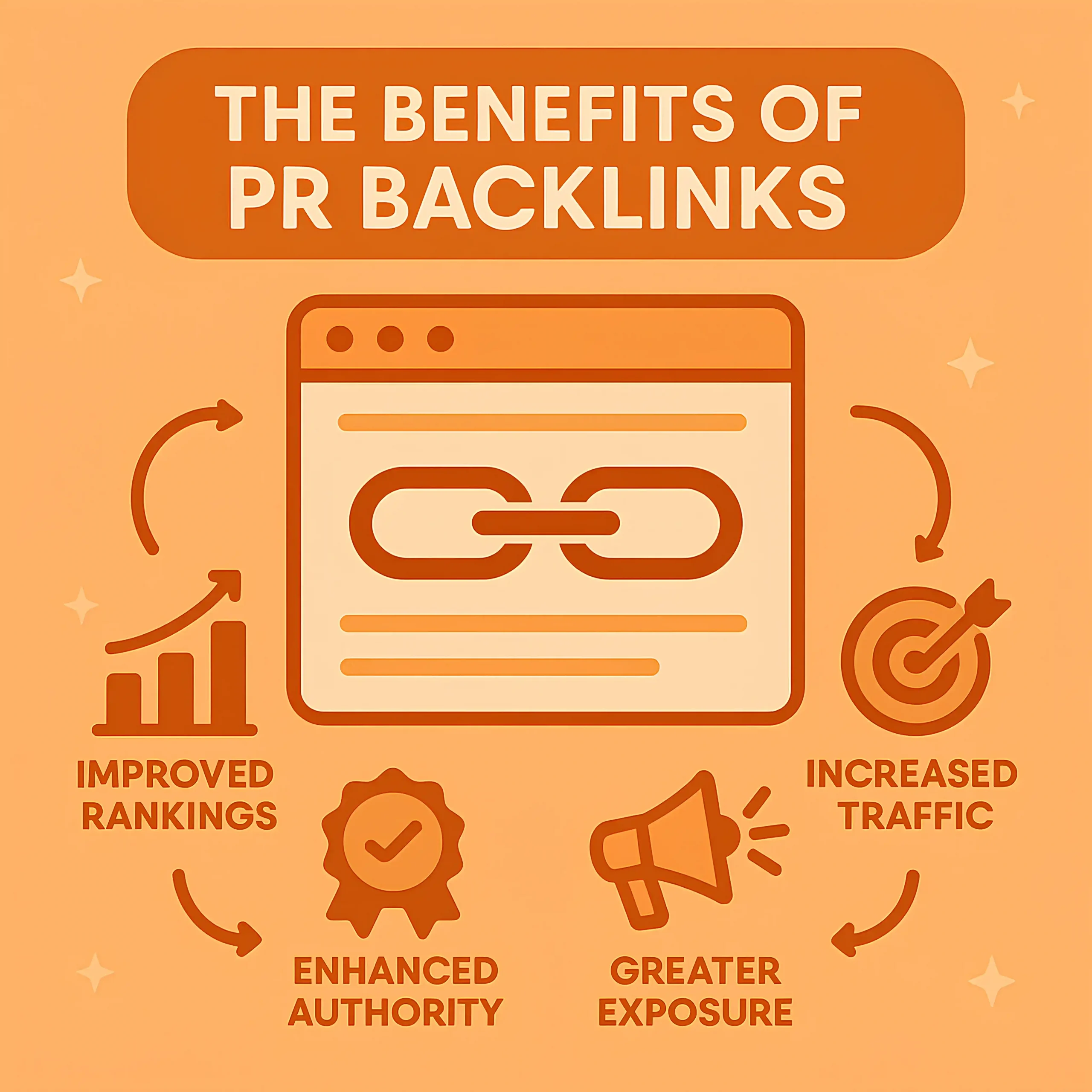
You look at what they’ve written recently. You check if they accept pitches. You personalize your outreach.
Of course, tools like Muck Rack, Prowly, or even Google Alerts can help streamline parts of this, but the actual prospecting is best done manually. You can’t replace the value of reading a journalist’s past 3–4 articles and customizing your pitch accordingly.
Let’s not pretend we’re reinventing the wheel here; paid link placements are still one of the most widely used tactics in link-building. Whether we call them “sponsored posts,” “editorial fees,” or “placement costs,” the reality is: money still does the work, and for many campaigns, it works.
Yes, a lot of this process is now automated. Some platforms match publishers with buyers, automate outreach, and even preload inventory with DR and pricing. But the best sponsored placements still need a manual touch.

You don’t just place a link into any available slot. You negotiate context, choose the exact page that makes sense for the brand. You guide the publisher on target URLs, anchor text, placement style, and publication timing.
You review the site’s organic keywords and ensure they align with your topic. The manual part, especially in negotiations and alignment, is what separates a clean, effective sponsored link from a lazy, paid post. So, use automation to speed up the process, sure, but never outsource the judgment.
In short, yes. If you care about long-term SEO, brand trust, and real business growth, manual link builders are worth every dollar.
With manual link-building, you’re paying for relevance, intent, and risk management. You’re hiring someone who knows how to assess a website beyond DR and traffic. Someone who knows when a link looks good on paper but isn’t worth securing.
Start by asking for real examples, not just links, but how they got them. Ask about their outreach process, their vetting criteria, how they choose sites, and whether you get to approve targets before placement. If their answers are unclear or rushed, that’s a red flag.
Next, pricing that feels too low for the promise. True manual link-building takes time: research, outreach, negotiation, content creation, and follow-up. If they’re offering 20 links for the price of one good manual placement, walk away.